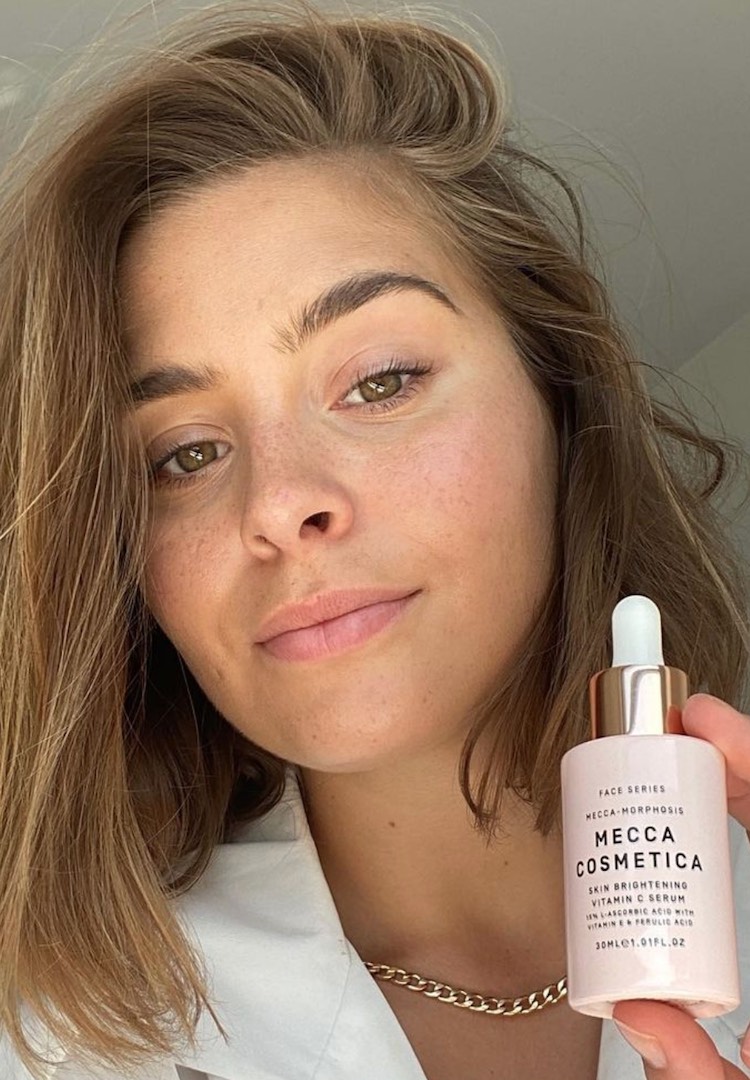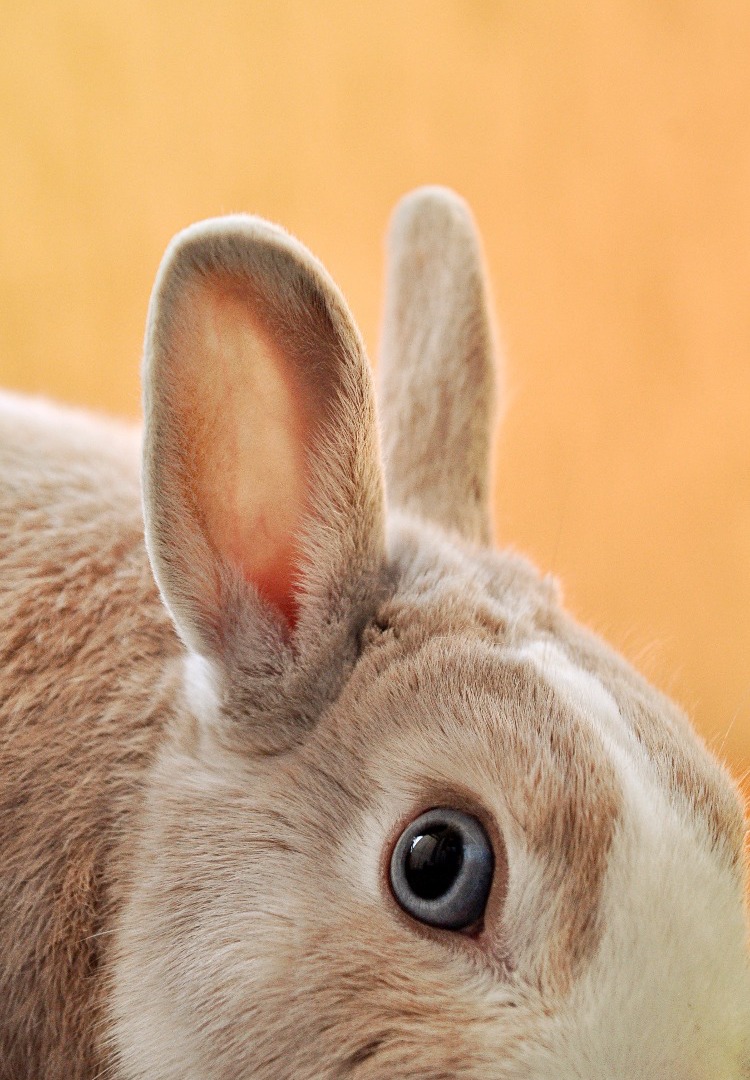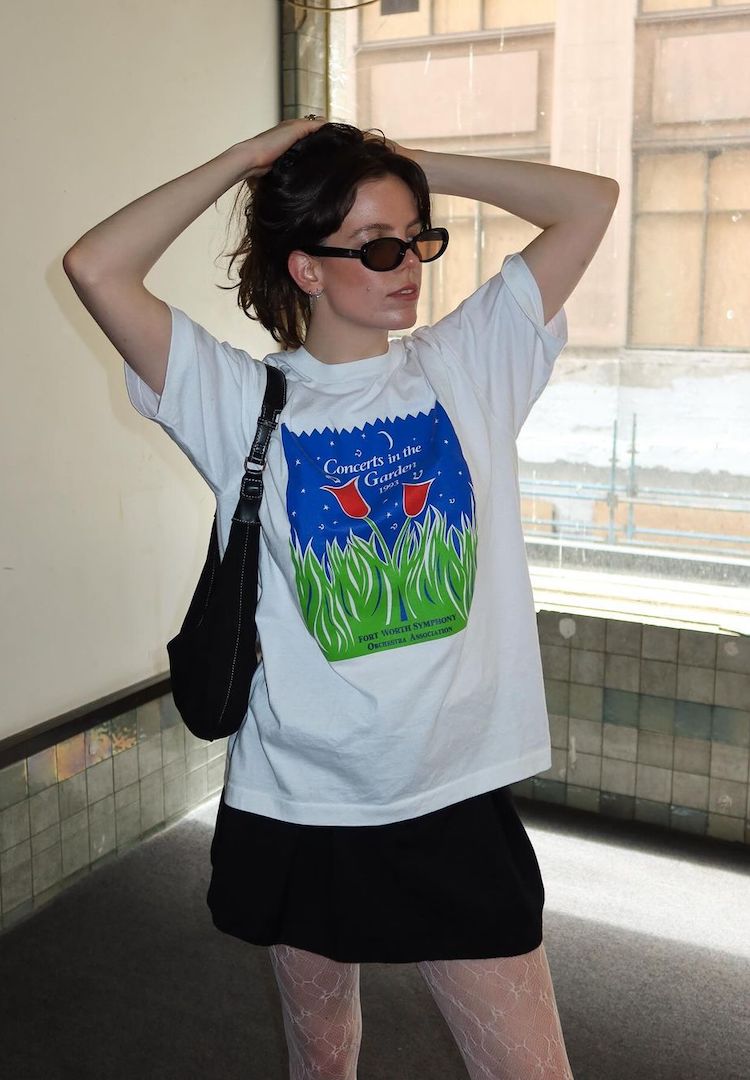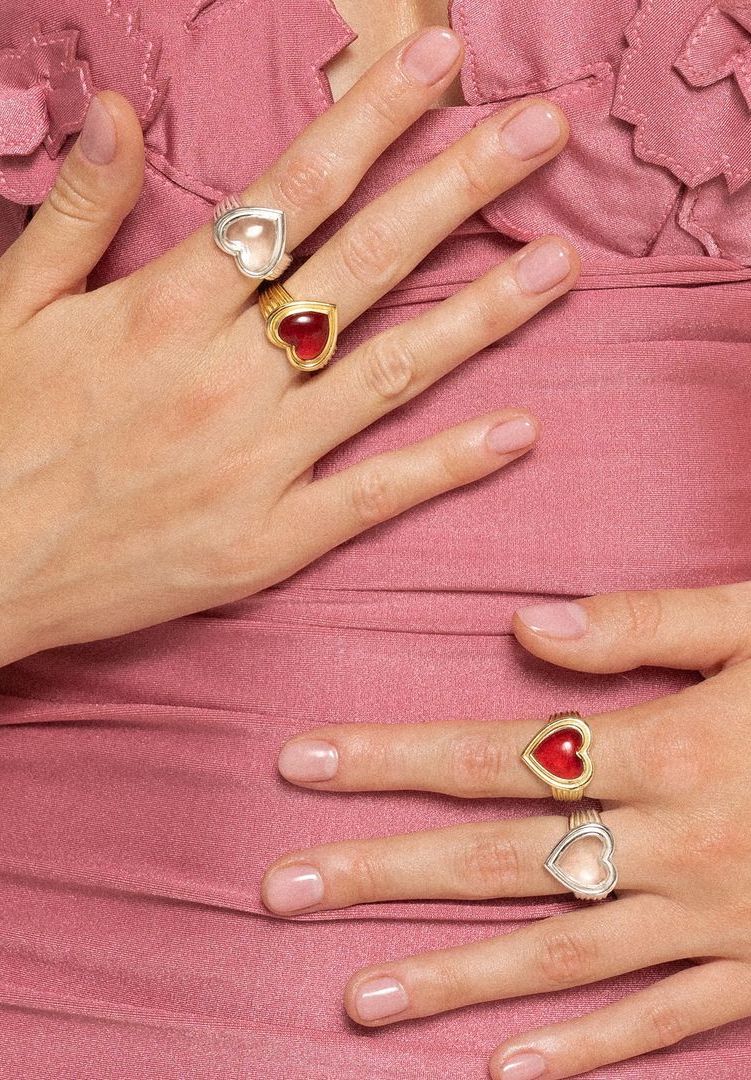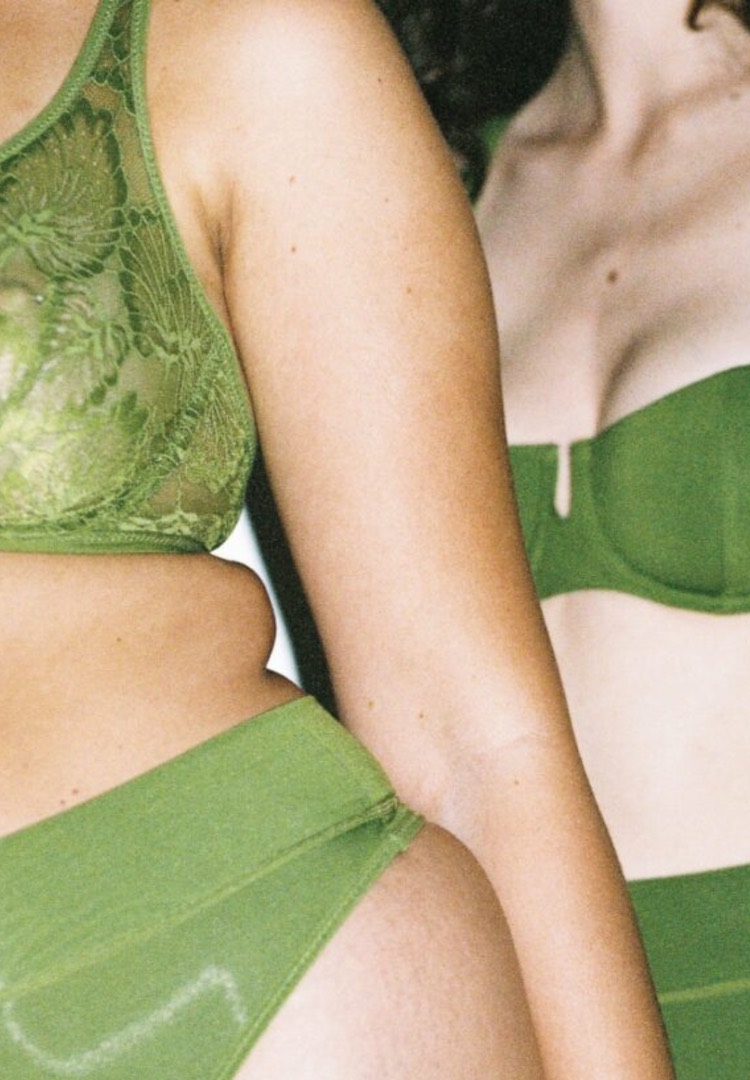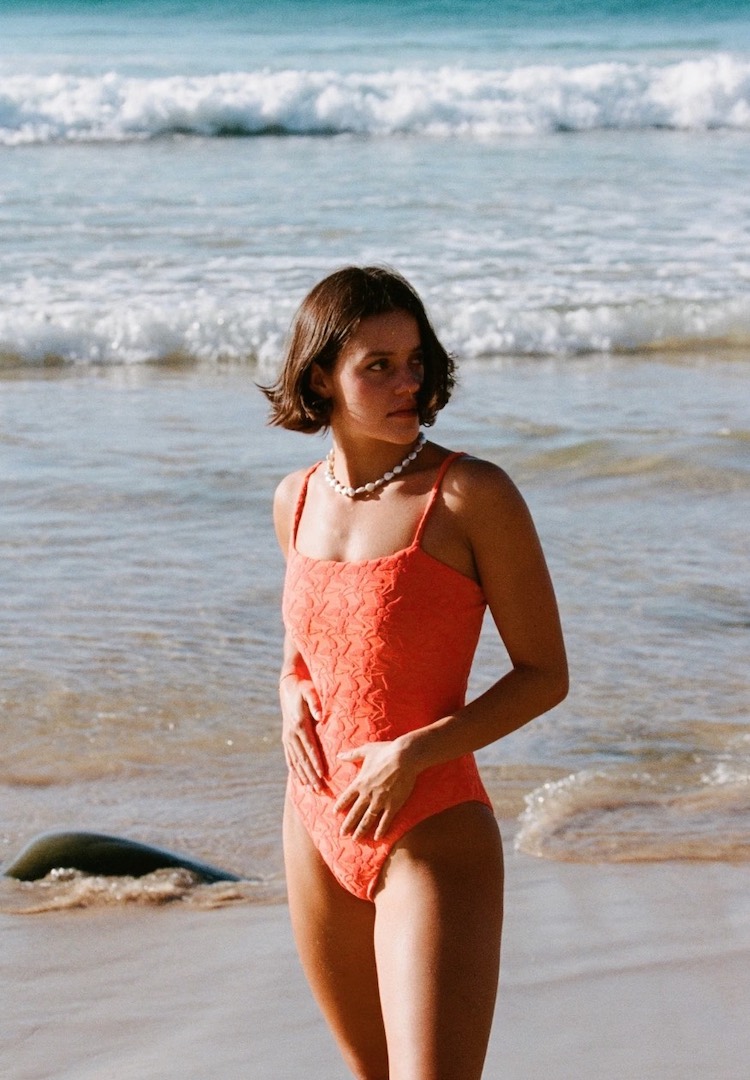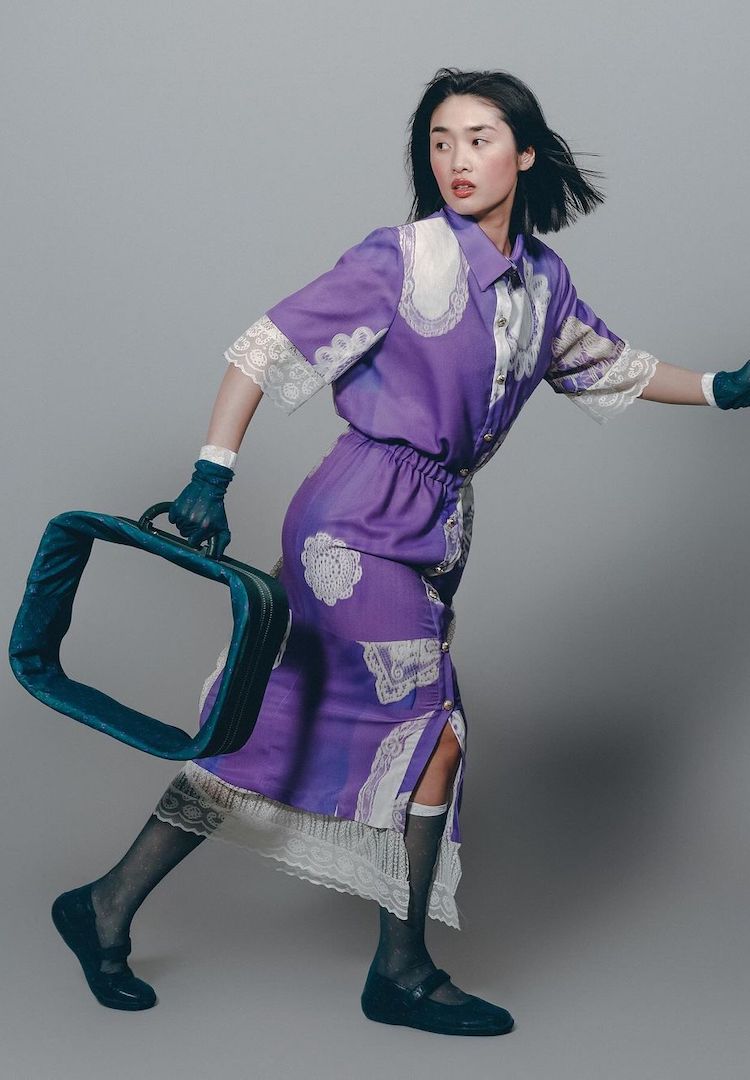Why cruelty-free makeup is more complicated than it sounds
Words by Emma Hakansson
Cruelty-free labels on our favourite products are comforting, but do they make them genuinely free from harm?
For something to be cruelty-free is actually a really big call. No cruelty at all? Not even a little bit? If you looked at a lip gloss at Sephora and asked if it was cruelty-free, chances are you’d be told it is. And by certification, that’s often true. More and more makeup brands are certified as cruelty-free today. But what does this really mean?
For starters, these labels and certifications should actually be called ‘animal testing free’, because that’s where the cruelty they refer to comes about. A ‘cruelty-free’ shampoo is a shampoo that hasn’t been tested on an animal.
The beauty industry isn’t the only problem. The fashion industry also contributes to the welfare of animals.
Animal testing isn’t giving bunnies bubble baths and blushed cheeks just to check that it doesn’t slightly itch them, it’s a lot more horrible. Animals like rabbits, guinea pigs, hamsters, rats, and mice face all sorts of awful mistreatment. Used to test skin and eye irritation, they are shaved, and a test substance – some ingredient used in cosmetics – is applied to their bodies and dropped into their eyes.
This can result in redness, bleeding, ulcers, blindness, scaling, rashes, inflammation and lesions. These animals are considered worthless when they are no longer needed for experiments, and so then, they are killed. Some animals are bred for the specific purpose of being killed, for outdated and cruel experiments called ‘acute oral toxicity’ tests.
In these instances, an animal, most often a rat, has a substance forced down its throat. The purpose of this test is to see how much of a substance it takes to kill this individual, and before these individuals die they face diarrhea, convulsions, bleeding from the mouth, seizures and paralysis. So it’s clear why we don’t like animal testing. It’s also clear that there’s no need for it, as non-animal test methods are widely available, more ethical, and effective.
In fact, animal testing wouldn’t even be the best option if it were – in some alternate universe where humans are the only sentient species – actually ethical. Testing on animals, like the common Draize skin irritation test on rabbits, has been found to only predict human skin reactions just 60 per cent of the time.
On the topic of ethical, scientific advancement, Nicole Groch, the president of Choose Cruelty Free, told me that “There are so many scientifically advanced alternative testing methods now available to cosmetics companies, including in vitro, in silico, and in chemico. Even computers are now so intelligent that they can predict with pinpoint accuracy the effects of an ingredient using simulation technology.”
To put it plainly, there’s simply no need for animal testing in the industry. If brands get with the program and remove all that cruelty by certifying themselves as free from animal testing, why shouldn’t they be able to tout the ‘cruelty-free’ label? Well, while a lipstick or an eyeshadow palette might not have been tested on an animal, often, they contain bits of animals.
Cruelty-free doesn’t mean animal-free
A huge range of animal-derived ingredients are being used in cosmetics labelled as ‘cruelty-free’. One such common ingredient is tallow, otherwise known as hardened animal fat, which makes its way into foundations, shampoos, moisturisers and lipsticks.
There’s also lanolin, used in different eye, lip and facial products, which is basically wool grease, derived from an industry that legally and regularly cuts lambs’ tails off without pain relief. Carmine can make for a bold red colour, but it’s made of crushed bugs. If we get into the supposedly fancy stuff, hyaluronic acid used in facial serums and creams, while sometimes derived from fermented grass yeast, can also come from slaughtered chicken combs – that red floppy bit on their heads.
Guanine, used in highlighters and lip glosses for sparkle, is made of scales scraped off of dead fish. Keratin-based hair products are made from the ground up hooves, horns and feathers of slaughtered animals. Cruel? Yes. Gross? Also yes. It’s because of all the cruelty inherent to these ingredients – as well as the growing desire for less icky makeup ingredients – that vegan cosmetics are so common and easy to find now.
It’s important to be aware that these labels are sometimes used in a disingenuous way – for example ‘vegan’ cosmetics made by brands who don’t use these ingredients, but who do sell their products in mainland China, which unfortunately for now still means they must be tested on animals. These brands aren’t truly vegan or free from animal cruelty.
Some brands are doing it right, but many are not
Luckily, Choose Cruelty Free (CCF), among others, has a list of brands that are not only dedicated to being free from all animal testing, but are free from using animal-derived ingredients. These kinds of cosmetics brands are free from direct cruelty to animals, and that’s a huge vibe and something we should all support in what we choose to put on our faces.
However – I know, another qualifier to another good statement – does this mean that no individuals are harmed in the production of these products? Those who cross-reference CCF’s vegan and non-testing list with their palm oil-free list (for the sake of orangutans harmed by deforestation for the oil) would disagree. So would those who are aware of the forced child labour behind mica, another cosmetic ingredient that is sometimes used as a shimmery colour additive.
Surprisingly, other than brands who are involved with the Responsible Mica Initiative, or who shun the ingredient, the makeup industry has a serious but largely ignored issue with children made to mine in brutal conditions, for the sake of some sparkles.
Ethical beauty is complicated
If we want to get really complicated about everything, brands that aren’t using more sustainable packaging are hurting the planet, and in turn, this pollution and contribution to the climate crisis harms free-living animal species, as well as humans, particularly Indigenous people.
We could ask, too, if we know who packed our makeup into its packaging, or what conditions they did that work in. Would they be conditions we’d be happy to work under? The truth is, while transparency in fashion continues to grow, the beauty industry is lagging way behind. There are likely lots of ethical issues involved in the creation of the stuff we accentuate our features with that we have no idea to even ask about.
So what are we meant to do?
While the whole ‘there’s no ethical consumption under capitalism’ thing is true unless you’re growing and making everything yourself from absolute scratch, doing something is absolutely better than doing nothing. There is still a hierarchy of more and less ethical, and we want to head towards more!
Non-animal tested, vegan cosmetics are great and widely available. There’s information about which brands use palm oil and mica, and how these are sourced. There are brands using refillable packaging, and there are brands innovating and changing how we see beauty altogether.
There are really small brands, brands less likely to be tied up in globe crossing, messy and harmful supply chains because they are pouring their lipstick into tubes themselves – because they’re working out how to make beauty good on the inside, not just the outside.
If I’m going to paint my lips red or line my eyes with a wing, I want to support those sorts of brands, as much as I possibly can. When it comes to the complications of cosmetics, the answer is to do what we can, and often we can do a lot more than we think.
Looking for other ways to help defend animals? Click here to find out more.

